Combing Process:
The combing process (Comber Machine) is used to manufacture finer, stronger, smoother, and more uniform yarns. Therefore, combing is used for high grade, long staple natural fibres.
The combing process is used to improve the sliver quality comes out from the card. The process eliminates short fibers, it achieves better fibre parallelization, it straightens curl fibres, and to removes nep’s and reduce the remaining impurities. Combing is done by comber machine. The combing process is use for better quality yarns.
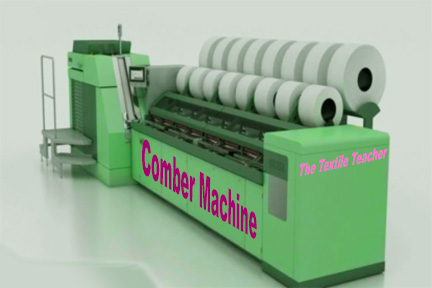
Objectives of Comber Machine:
- To remove short fibers. (Shorter than a predetermined length)
- To remove Nep’s and impurities.
- To produce uniform sliver of required mass (Weight) per unit length.
- To make the fiber parallel and straighten so that yarn becomes uniformed and even. (To produce finer yarn that can be spun from the card sliver.)
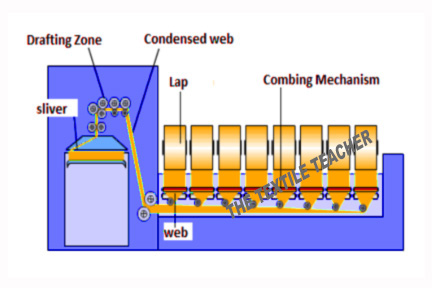
To improve quality of yarn, Comber must perform the following operations:
- To Eliminate the Short fibers;
- To Eliminate the remaining Impurities;
- To Eliminate the Nep’s.
- To produce a sliver of more evenness;
- To produce straight and parallel fibers.
Elimination of short fibers, mainly improves in staple length, but also effects on the fineness of raw material. The micronaire value of combed sliver is lightly higher than that of feed (eliminate the dead fibers).
Process of Comber Machine:
The basic parts of the combing machine are shown in below figures. These are the feeding element, the nipper-plate, the comber system and detaching rollers. The feeding part consists of a feed plate and feed roller. The main task of the feeding part is to feed the comber lap. The nipper plate catch/grips the fibers as a means of hold the long fibers while the nep’s, trash, and short fibers are being removed. The combing system consists of two combs. The first one is a rotating bottom circular comb that performs the main combing action. The second one is a linear top comb that completes the function of the bottom comb through vertical combing movement.
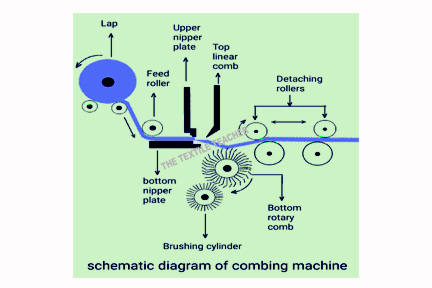
ZONES OF COMBER MACHINE
-
Creel Zone
It is known as feeding zone. 08 comber laps passes through guide bars, guide rollers and are fed to the combing zone.
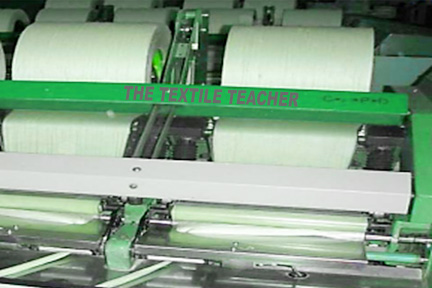
-
Combing Zone:
The Feed rollers moves lap sheet forward and is gripped by the nippers. The gripped lap is combed by circular comb. The detaching roller grips the combed lap and moves forward. When the detaching roller delivers the material, top comb comes into action to further clean the lap. While going back, the nipper opens and receives a new bit of lap.
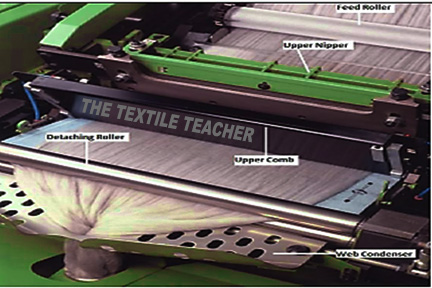
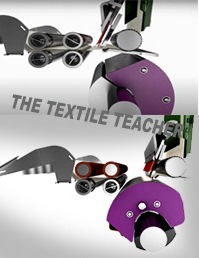
-
Drafting Zone
It is the zone for a process of imparting slight draft. The drafting is due to differential peripheral speed of the rollers.
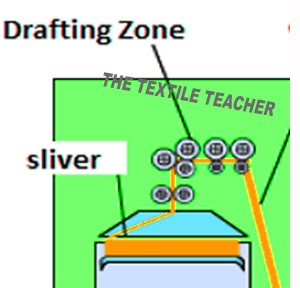
-
Doffing
The comber doffs automatically once the desired length of sliver is filled in the can. During doffing empty sliver can are taken by the machine automatically or manually.
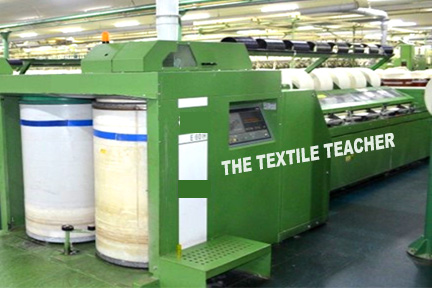
Working process or principle of Comber Machine:
-
Lap Feeding By Feed Roller:
The feed roller move the Lap forward while the nipper are held open (feed).
-
Lap Nipping By Nipper:
The top nipper is lowered onto the bottom nipper. So that the fiber are clamped between them (nipper).
-
Combing By Cylinder:
The combing segment mountain on rotating cylinder swaps its needle or show teeth through the fiber & carries away anything not held by nipper.
-
Nipper Opening & Forwarding:
The nipper open again move towards the detaching rollers.
-
Detaching Roller Backward Movement:
Mean while the detaching roller have returning part of the previous drawn off slack by moves of a reverse rotation. So that the web produce as from the back of the detaching rollers.
-
Picking Of Web:
In the course of the forward movement of the nipper the projecting fiber is place upon the returned web.
-
Combing By Top Comb:
Before the short of the detaching operation, the top comb has thrust its single raw of the needle into the fiber. As the fibers are pulled through the needle of the top comb during detaching, the tailing part of the top combed. Thus making up for the inability of the cylinder combs to reach this part of the fiber & thus performs combing.
-
Detaching Roller Forward Movement:
The detaching roller being to rotate in the forward direction again and drawn the clamped fiber out of the sheet held first by the feed rollers.
-
Preparation For Next Combing Cycle:
As the nipper assembly is retracted, the nippers up for the next feeding step the top comb is withdrawn. As new combing cycle beings.
-
Waste Extraction By The Brush:
The combing cylinder rotates continuously and the combing segment is therefore attached with same impurities and short fiber. There are a rapidly brush mounted below the combing cylinder. Thus the impurities & attached fiber.

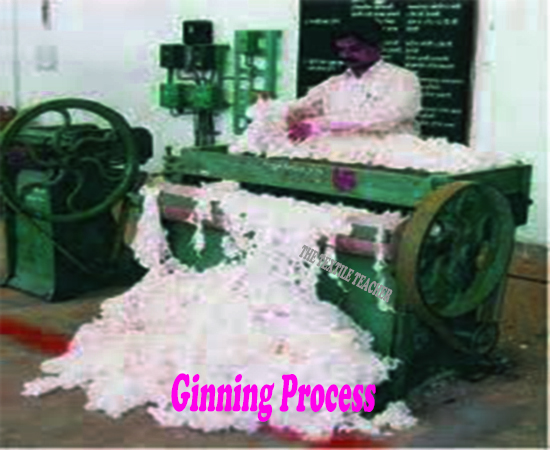
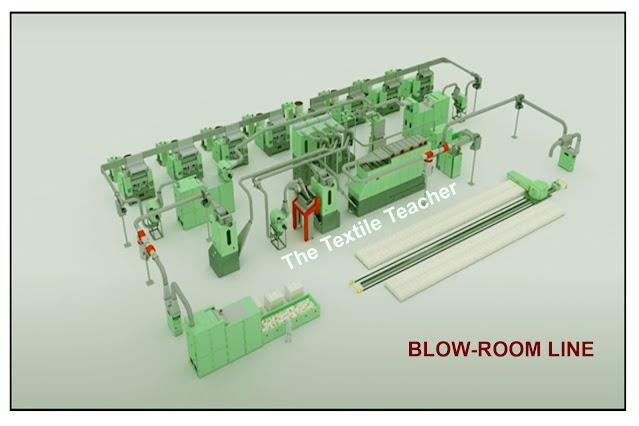
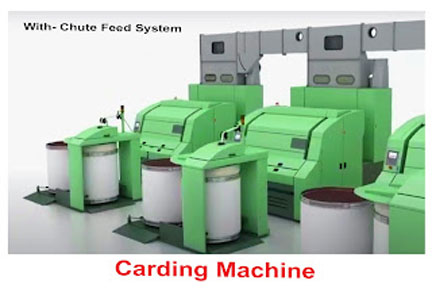
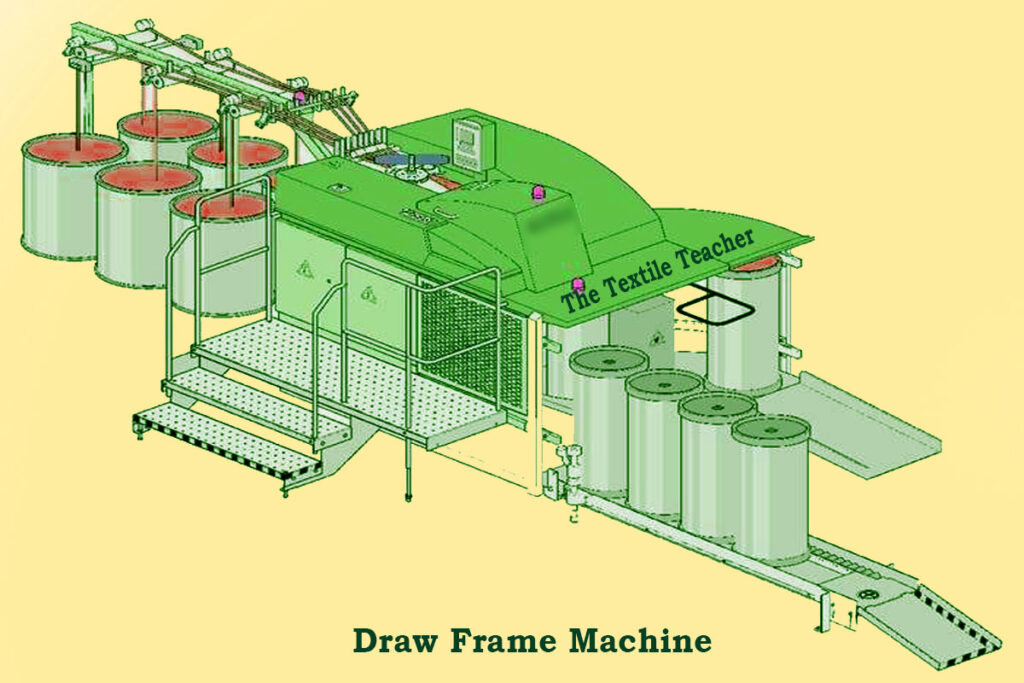
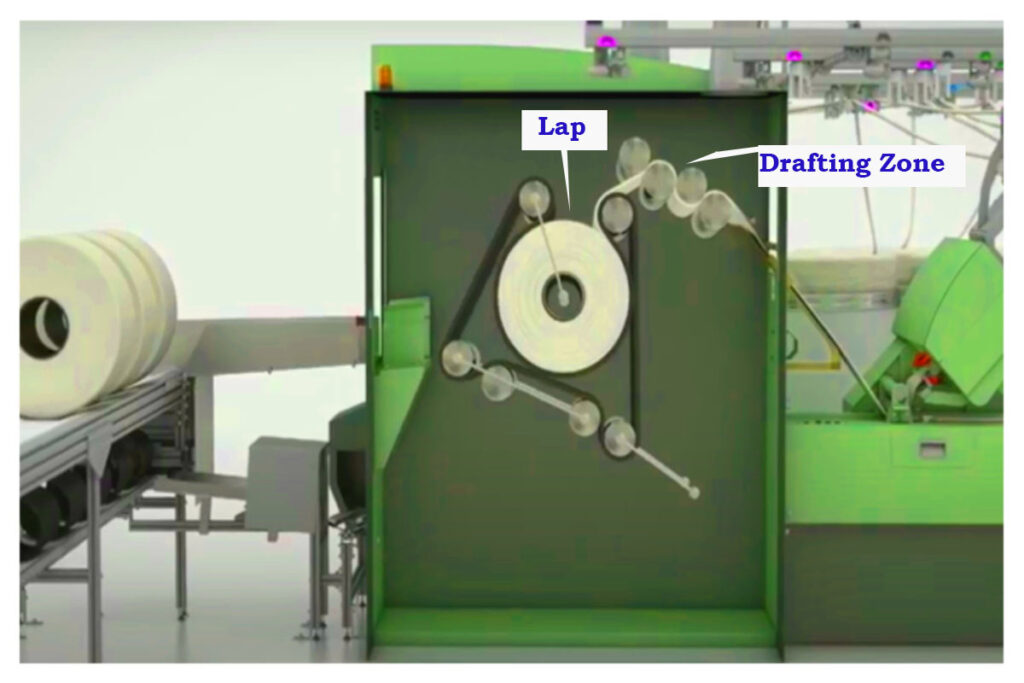

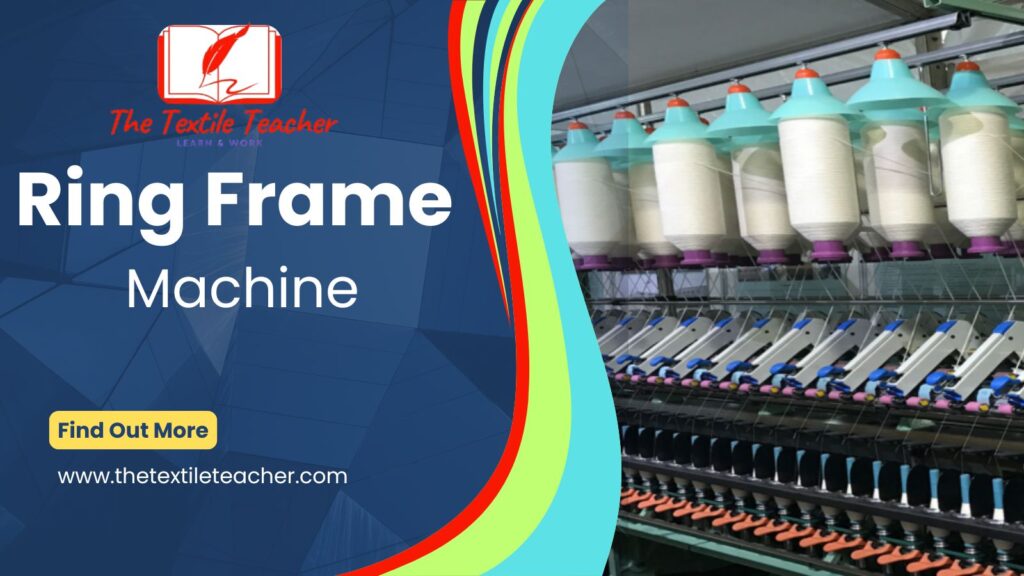
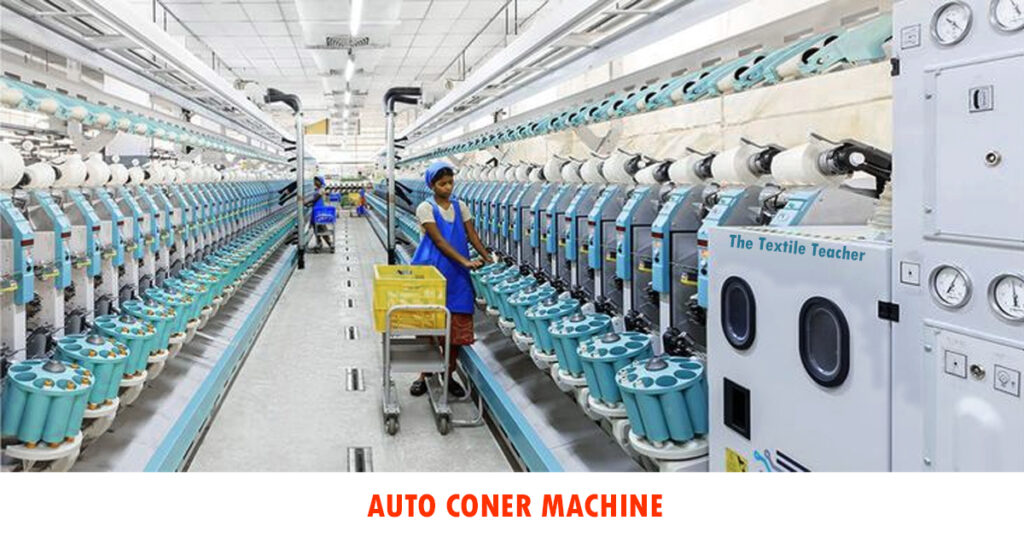
9dgame7, sounds pretty futuristic! Let’s see what kind of games they’ve got. Maybe I’ll find a new favorite. 9dgame7